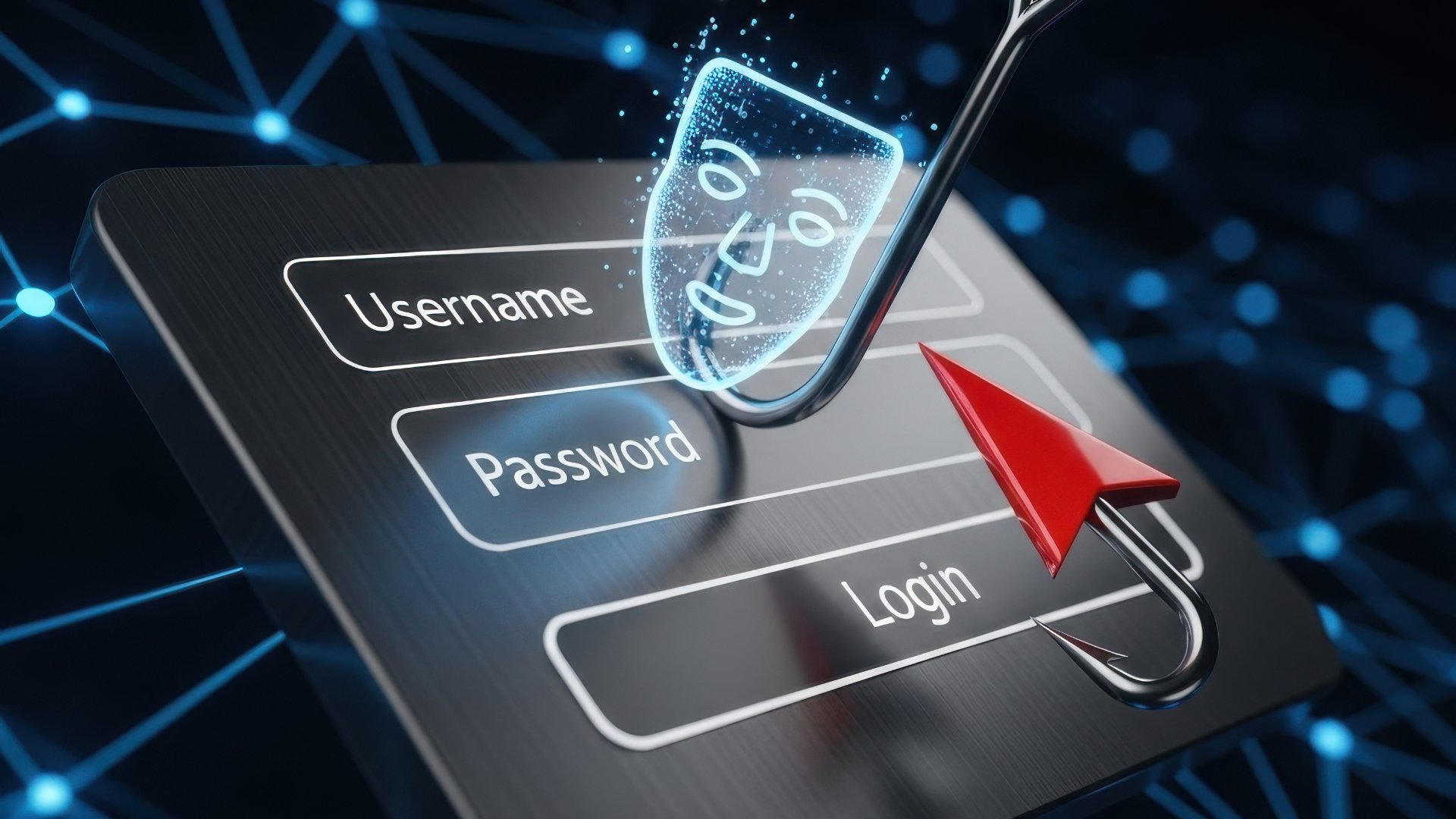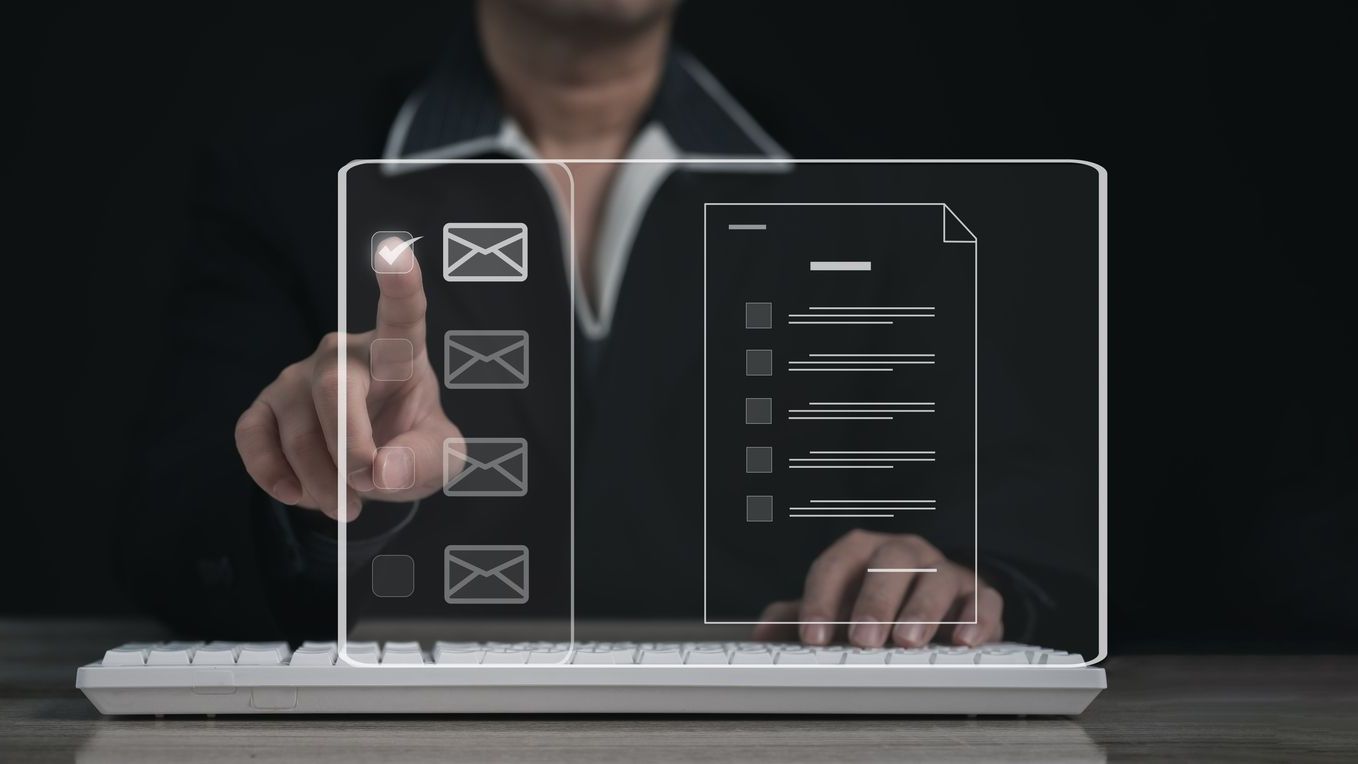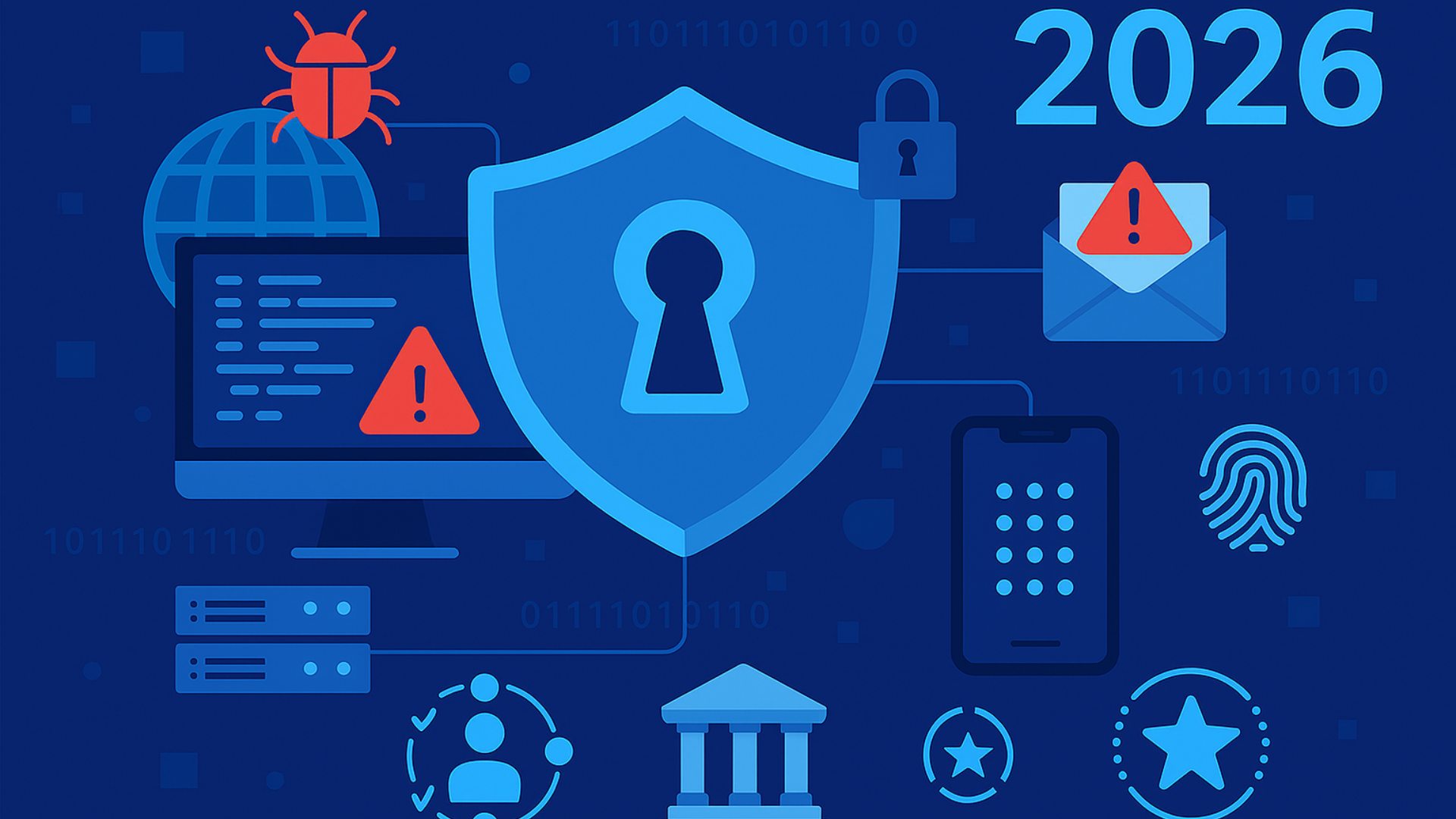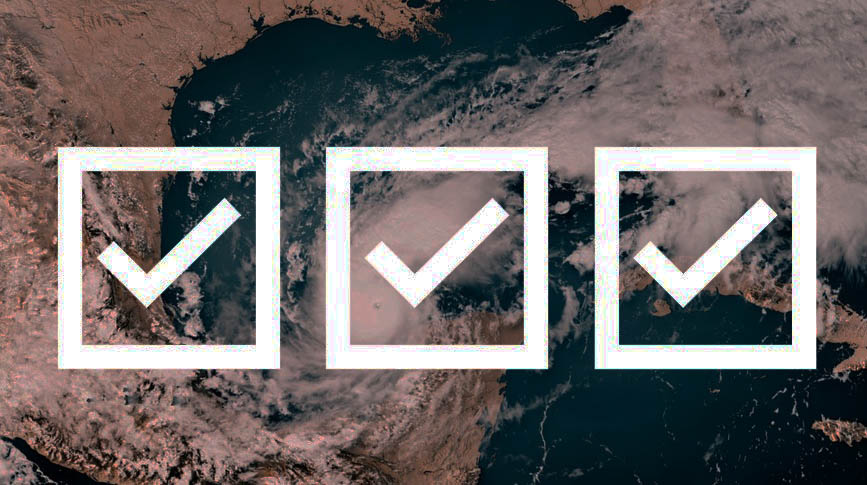AHH, TAX SEASON. It’s one more chance to revisit the ups and downs of 2020. Chief among them for SMBs was obtaining COVID-19 relief through the federal Paycheck Protection Program (PPP) and Economic Injury Disaster Loans (EIDL) from the Small Business Administration (SBA).
“”There’s plenty of channel pros out there who lock themselves in a room, read, pull info out of their accounting system, sit in on every webinar to learn more, but they still discover they’re in over their heads,”” says Rayanne Buchianico, owner of ABC Solutions, an accounting and tax services provider.
That’s why it’s worth getting a handle on the tax implications of federal aid before April 15. The following insights can help ensure you’re in the best possible position when you file. There might even be opportunities to save some money.
PPP and EIDL
Whether you participated in the first or second round of PPP loans, the news is mostly good. Buchianico says her average channel pro client borrowed the maximum available to them, between $100,000 and $125,000. Only a handful skipped the offer.
Any appropriate expenses used to justify PPP loan forgiveness are tax deductible, says Susan Bradley, a partner with accounting firm Tamiyasu, Smith, Horn & Braun. That’s a reversal of the original policy, wherein the IRS argued borrowers couldn’t deduct expenses they didn’t pay for with their own cash. It left channel pros facing high tax bills without the savings to pay them.
“”Beware, though,”” says Bradley. “”You may need to check your state tax rules to see if they are piggybacking on these federal rules or taxing the non-deducted expenses.””
If you apply for PPP forgiveness now, you’ll find a simpler application than the original “”four pages of pure calculation purgatory,”” says Buchianico. Those who borrowed $150,000 or less don’t even have to itemize expenses. Just certify you followed the rules, scout’s honor. Repayment for funds spent on anything other than qualified business expenses can wait for 10 interest-free months before payments begin.
Turning now to EIDL, experts stress the most important thing to know is that an EIDL advance is a taxable grant; the rest of the loan amount is not. Everyone who applied received an advance of up to $10,000, or $1,000 per employee. Buchianico notes that quite a few MSPs received state and local grants in addition to EIDLs and should be prepared to pay taxes on those.
On the upside, business expenses paid with EIDL funds are tax deductible. There is no specific reporting required, but you could be audited at any time.
Give Yourself Some Credit
Buchianico says most people are unaware that if you didn’t get a PPP loan, you may still recoup up to 50% of wages paid in 2020 through the CARES Act Employee Retention Credit. Employers who maintained head count despite revenue decreasing 20% or more are eligible for a credit of up to $10,000 per quarter against payroll taxes on wages paid. In addition to saving up to $40,000, you can defer payroll tax payment until December 2021.
You can also help your clients save by alerting them that they can write off some IT services, says Bradley. Applicable deductions include business software or cloud computing for business operations, product, or service delivery; payroll; human resources; sales and billing; and tracking of supplies, inventory, records, and expenses.
Finally, both Bradley and Buchianico stress the need to engage a CPA or tax professional to make sure loans are in order. A tax preparer or payroll service should help you apply for the Employee Retention Credit.
Besides, it’s just wise to rely on professionals who are up to date on the very latest rules.
“”If the first round of funding taught us anything,”” says Buchianico, “”it’s that the rules can change at the whim of the SBA, Congress, or some combination of both at any time that they choose.””
Image: iStock















